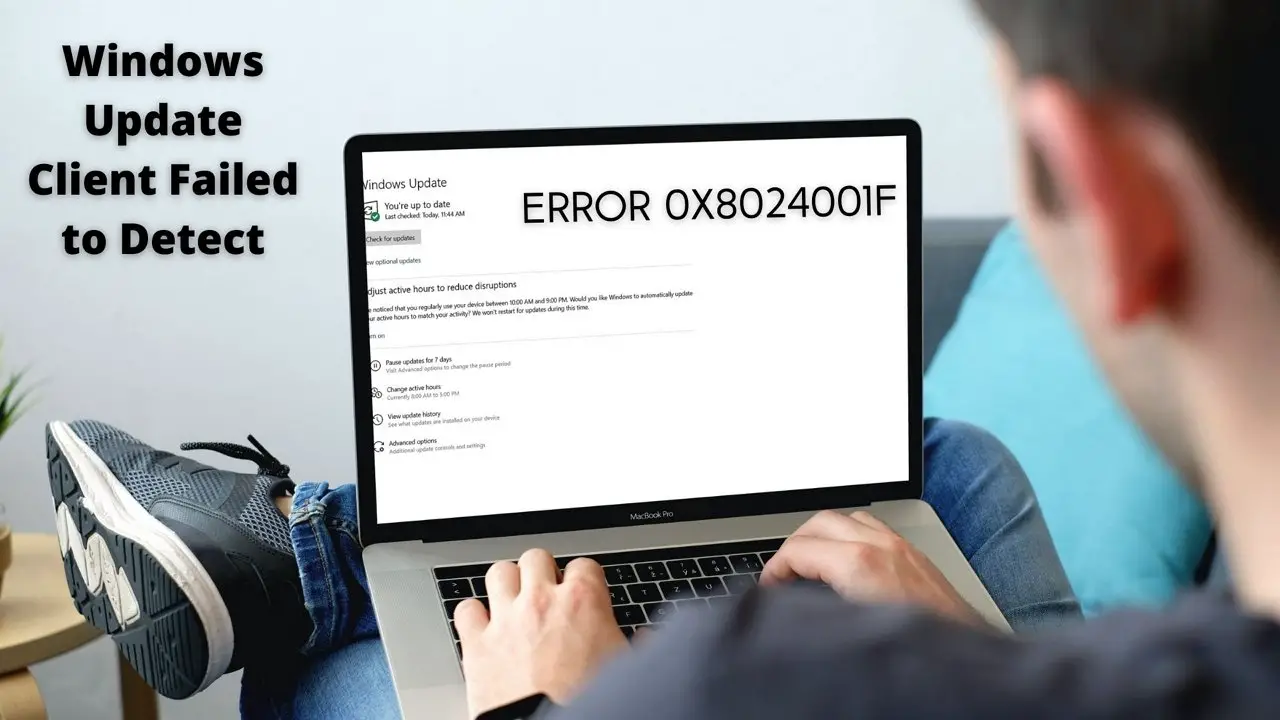0x8024001FWU_E_NO_CONNECTIONOperation did not complete because the network connection was unavailable.
What’s causing Windows Update Error 0x8024001f?
There can be multiple causes for this error to occur, but it’s mostly when the client on the PC cannot connect to Microsoft Server and get the right set of updates. Windows has a dedicated component or Windows Update Client responsible for figuring out everything related to Windows Update. In this case, it can be the misconfigured client or corrupt configuration file. Fortunately, it can be resolved by addressing those issues.
Windows Update Client failed to detect; Error 0x8024001f
First check your internet connections and ensure that they are working fine. Then follow these suggestions to fix issues related to the Windows Update Client: You will need a user account with administrator permission to follow these suggestions.
1] Run the Windows update troubleshooter
Windows offers a built-in troubleshooter that can take care of the misconfigured client, helping it download it. Go to Windows 10 Settings (Win + I) > Update and Security > Troubleshoot > Additional troubleshooter. Select Windows Update from the list, and click on the Run the troubleshooter button. Once the wizard completes the procedure, click on Check for Update button, and the error should not occur.
2] Run the Network troubleshooter
Run the Network troubleshooters and see if they help.
3] Reset Windows Update Agent
Windows Update Agent or the client can be reset to its default settings. It will reset & repair all Windows Update-related components & registry keys, detect corruptions, replace corrupted system files, fix corrupted system image, Reset Winsock settings, and so on.
4] Reset Windows Update Components
If you do not want to rely on any script, you can reset all the Windows Update components manually. The list includes the following:
Stop Windows Update ServicesDelete the qmgr*.dat files.Flush the SoftwareDistribution and catroot2 foldersReset the BITS service and the Windows Update service to the default security descriptorRe-register the BITS files, and the Windows Update related DLL filesDelete incorrect Registry valuesReset WinsockRestart Windows Update Services.
5] Run DISM and SFC Commands
Run SFC and see if it helps. Else, you can fix corrupted Windows Update system files using DISM Tool. I hope the post helps you resolve the issue.
